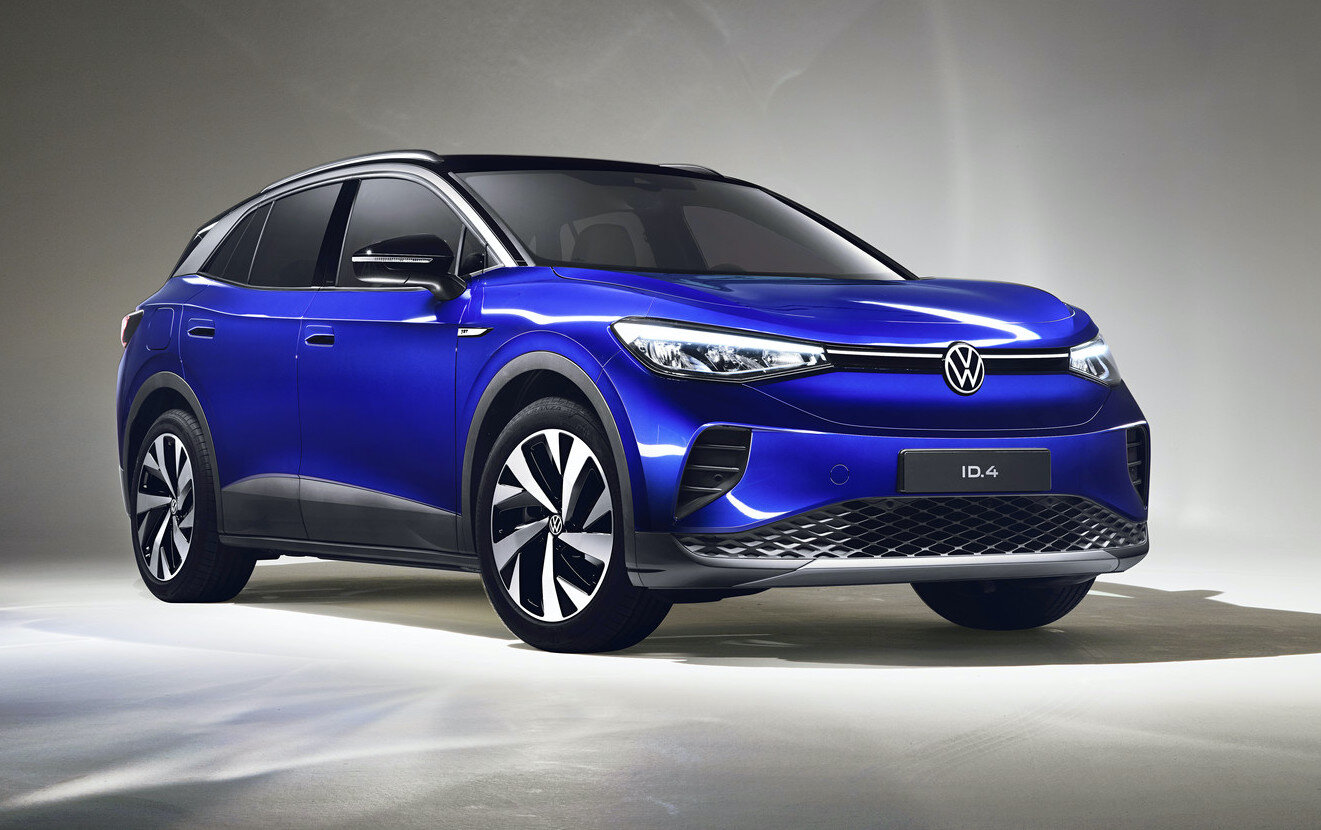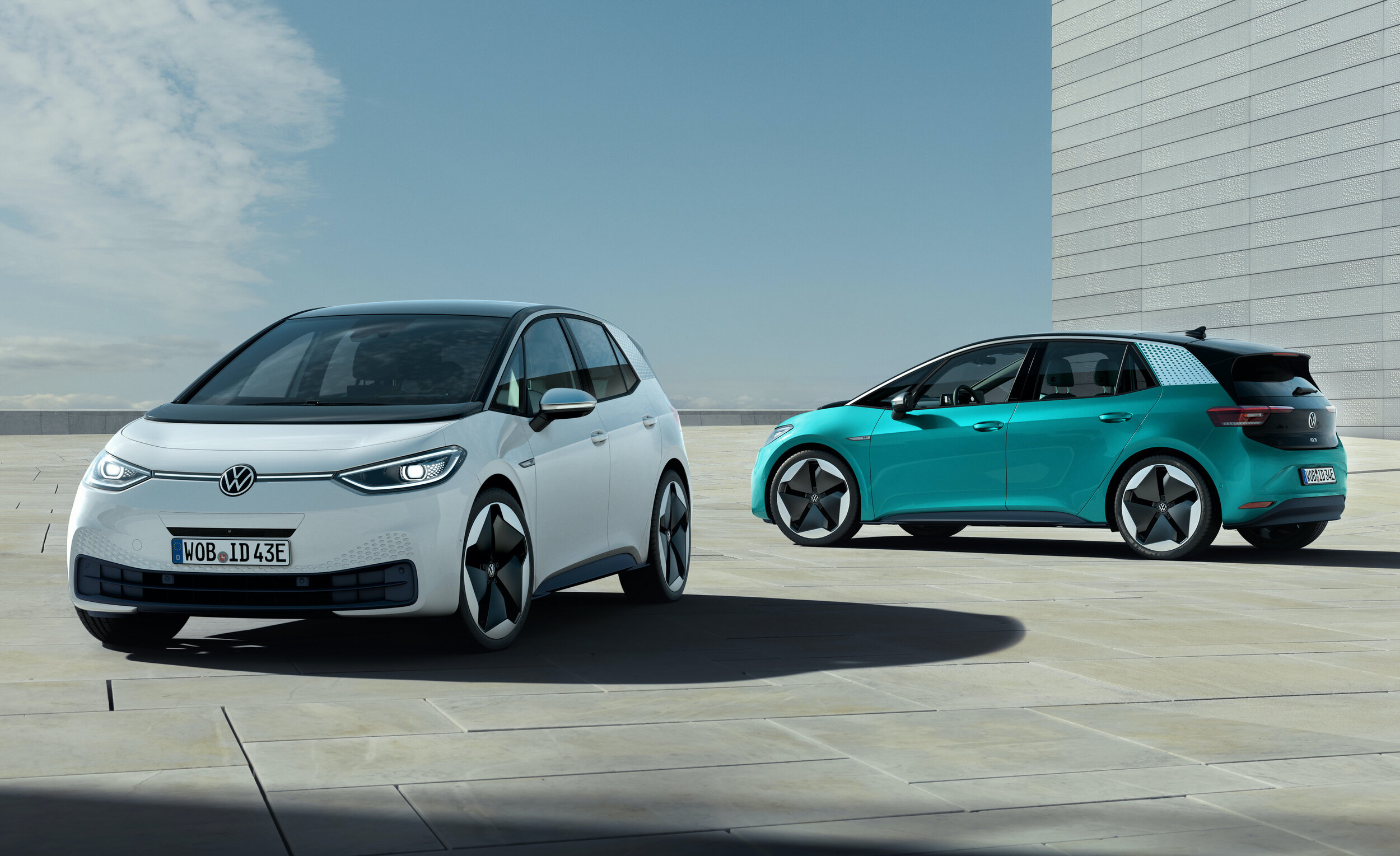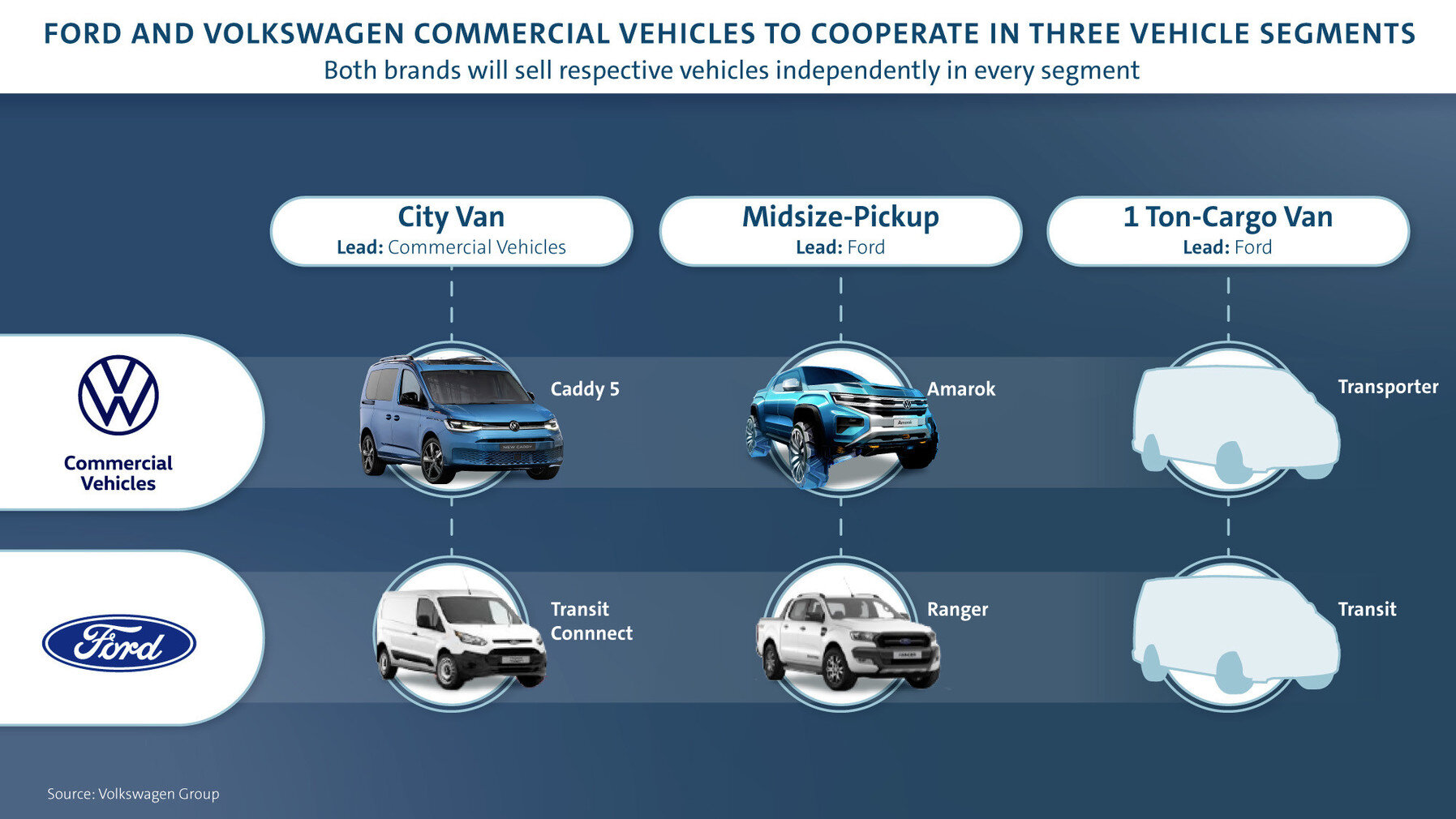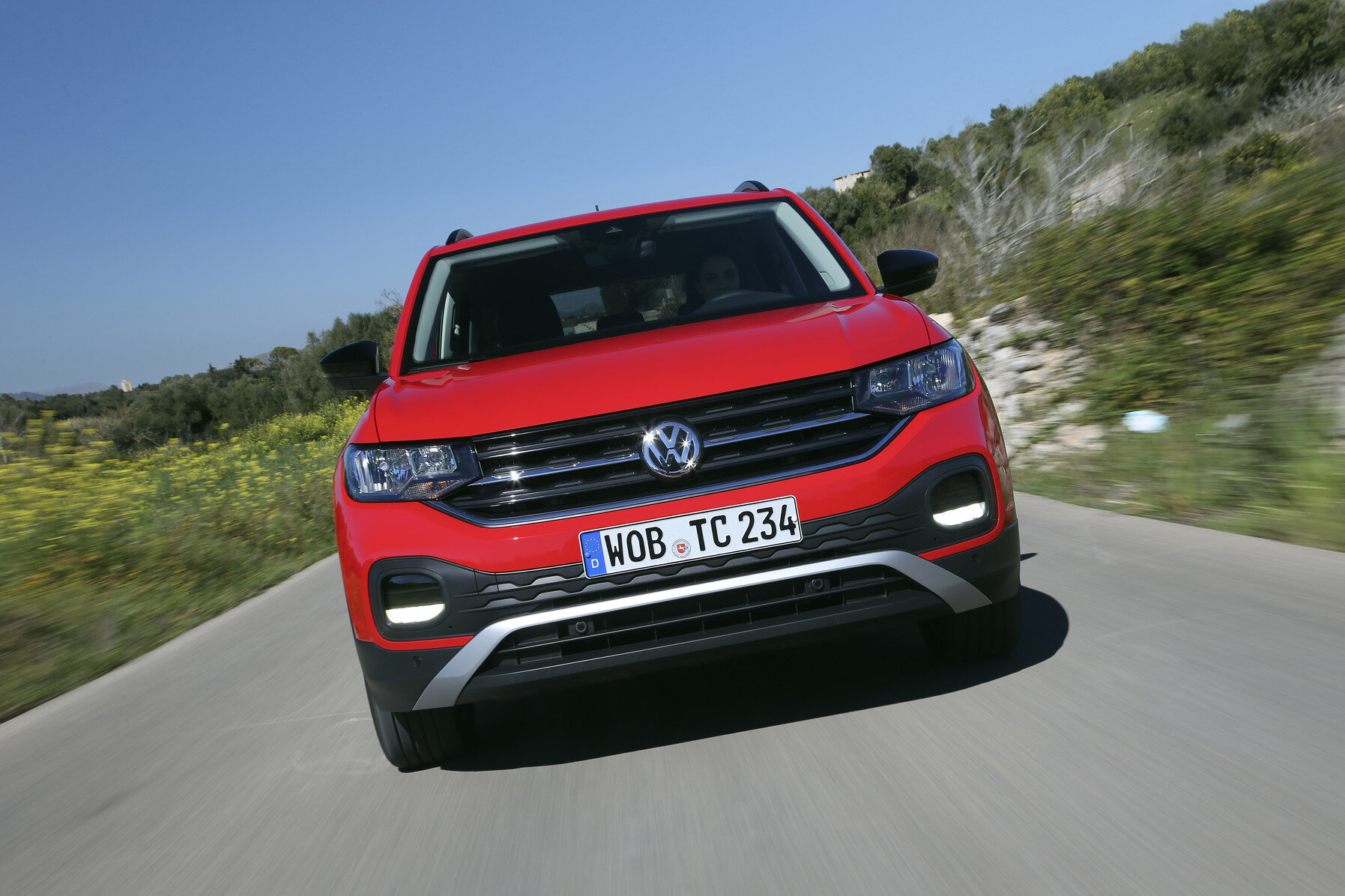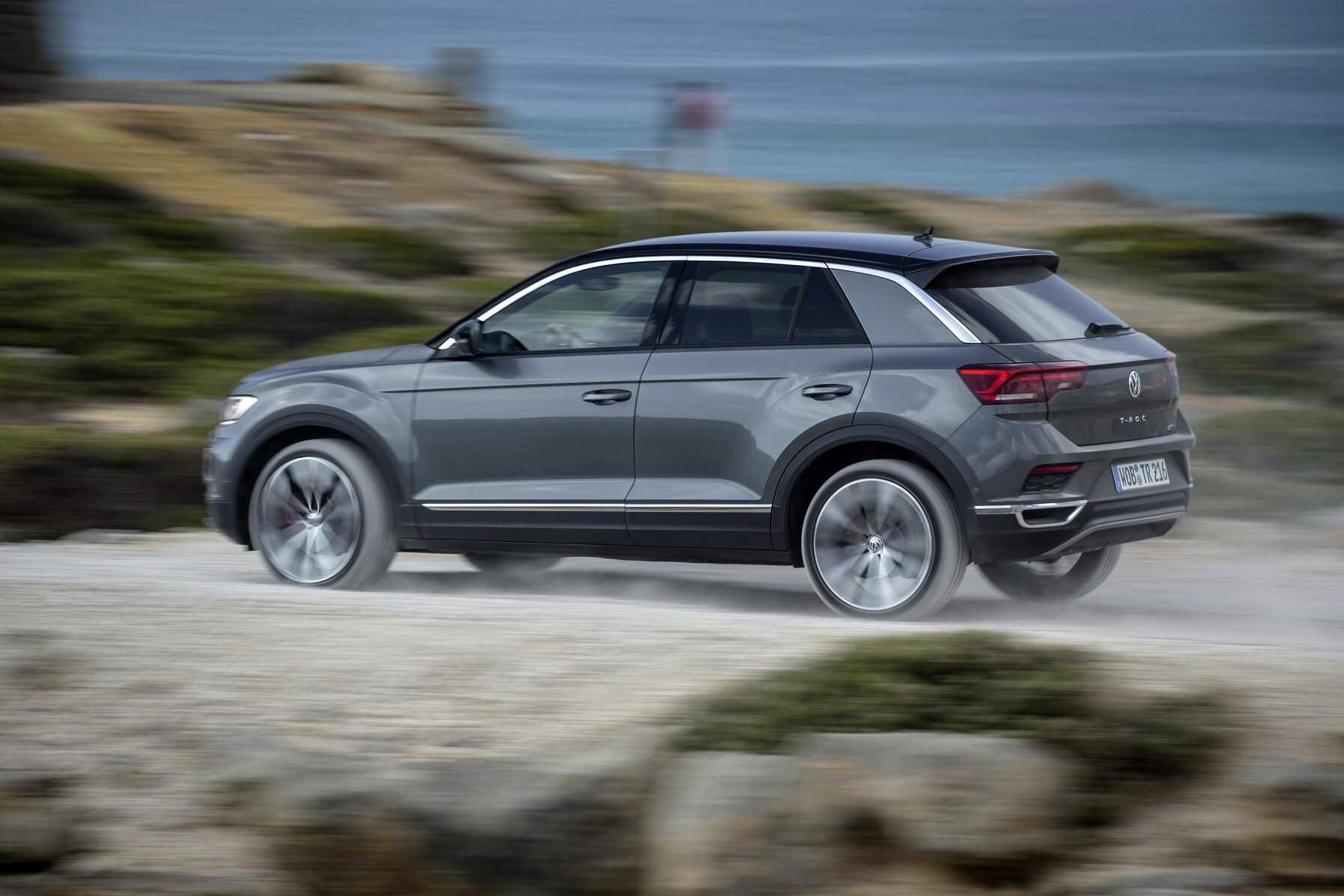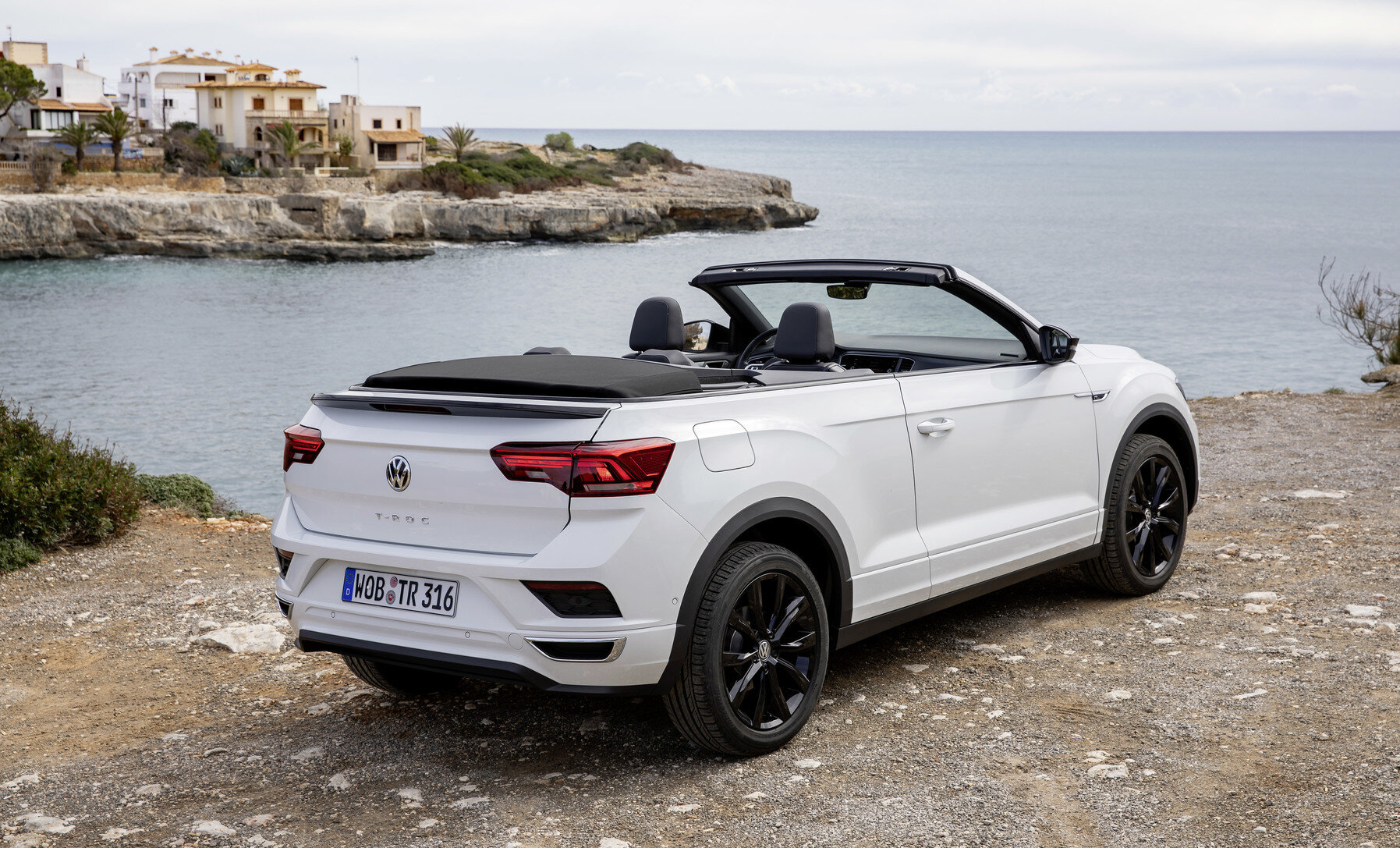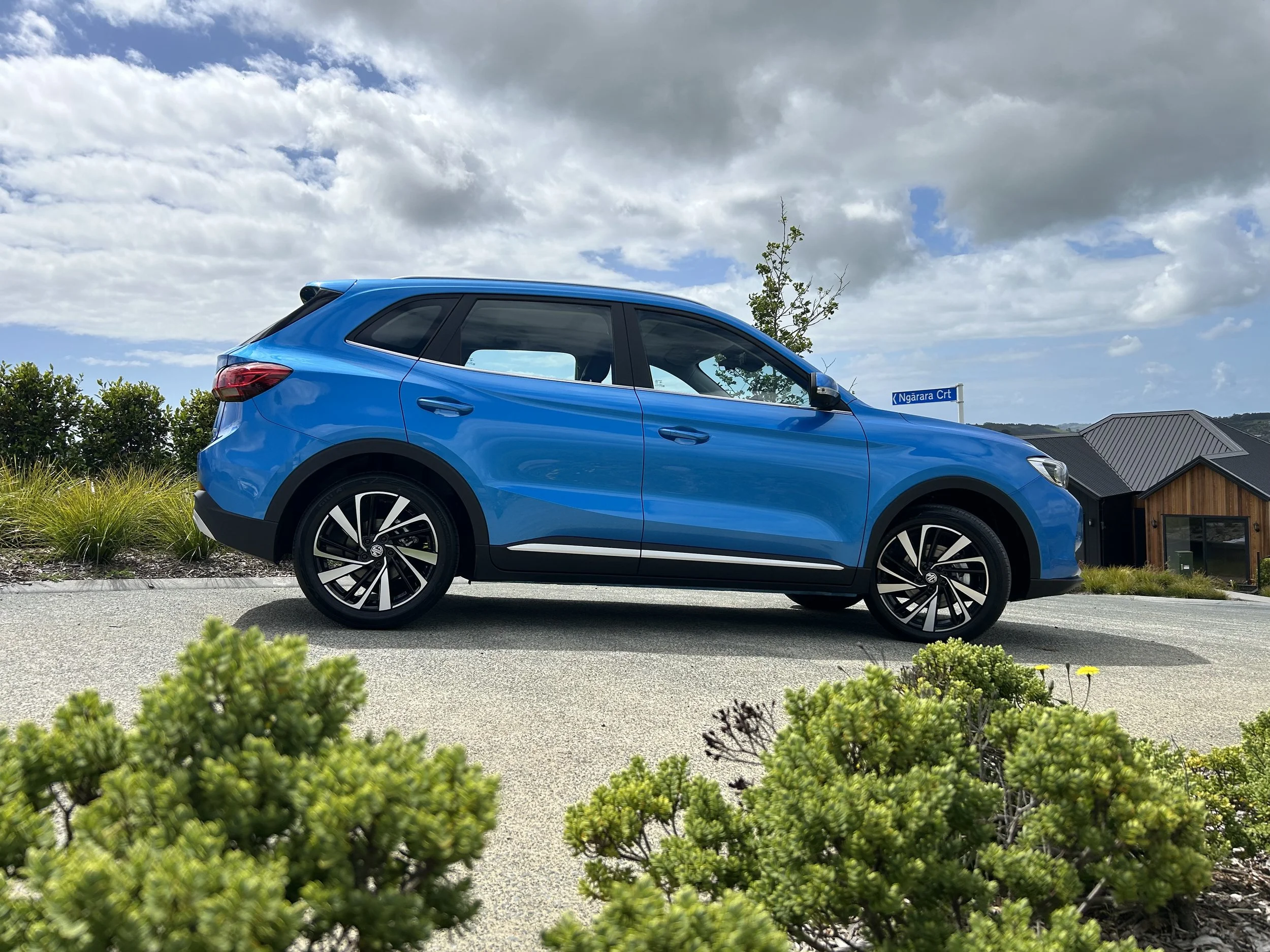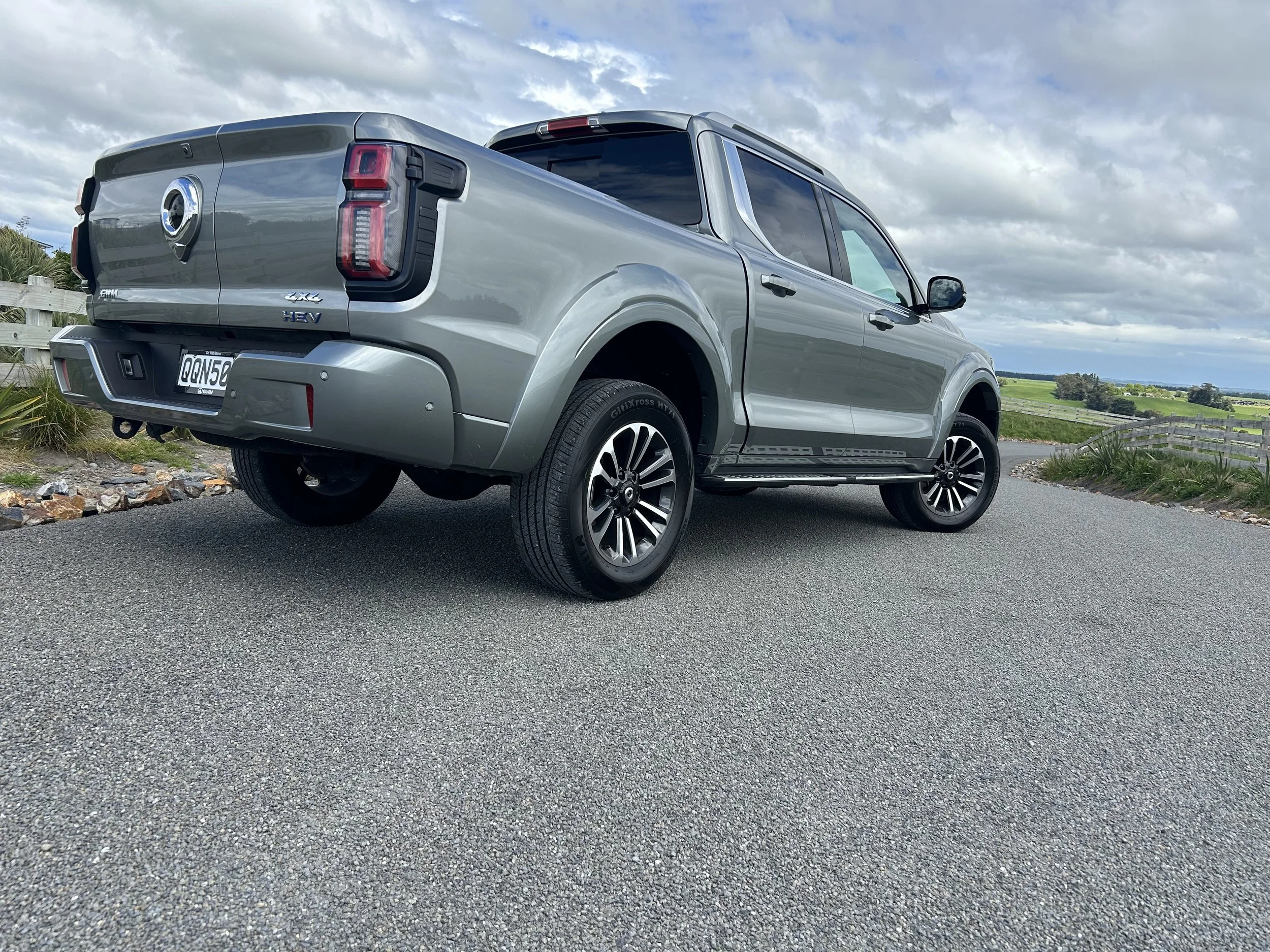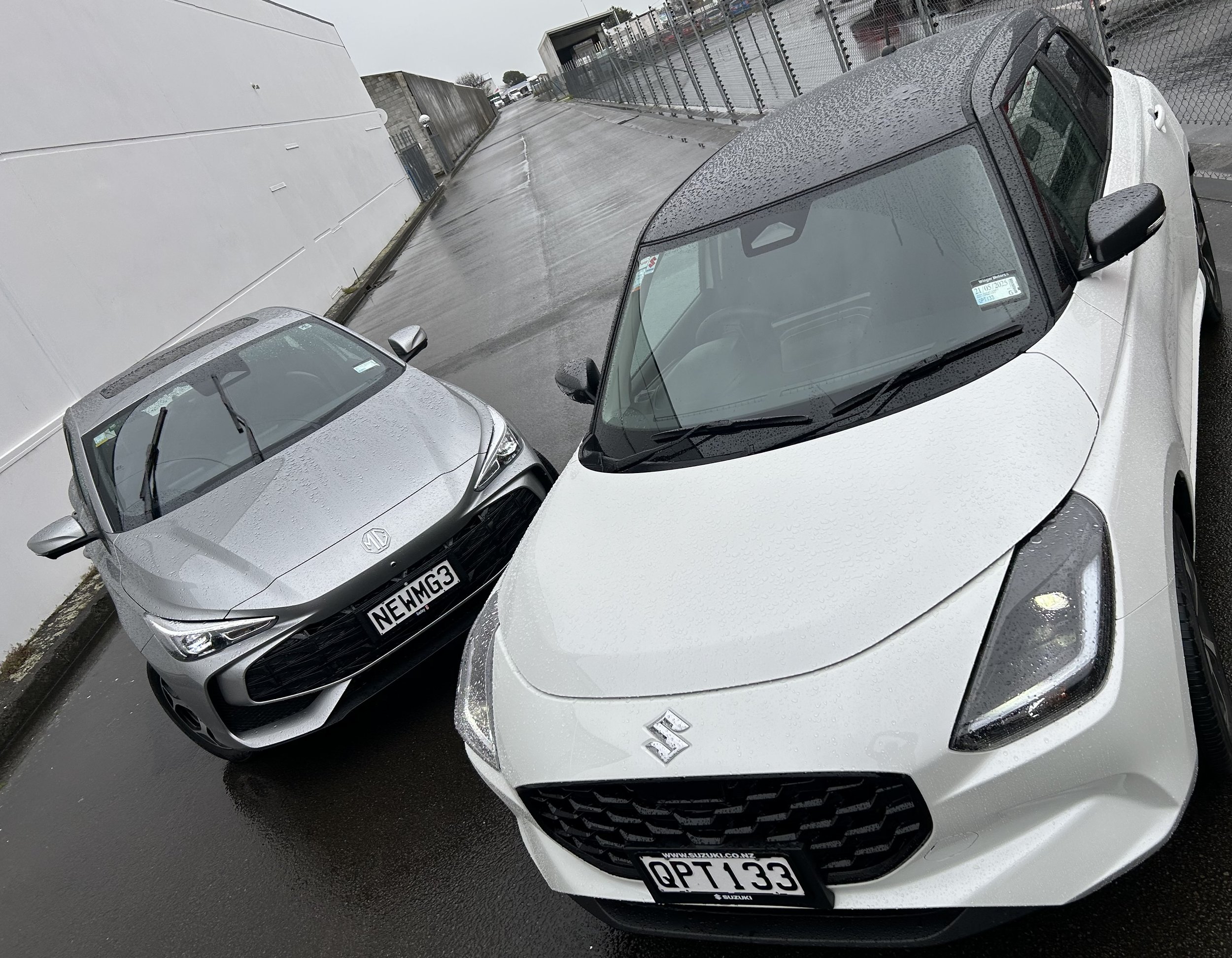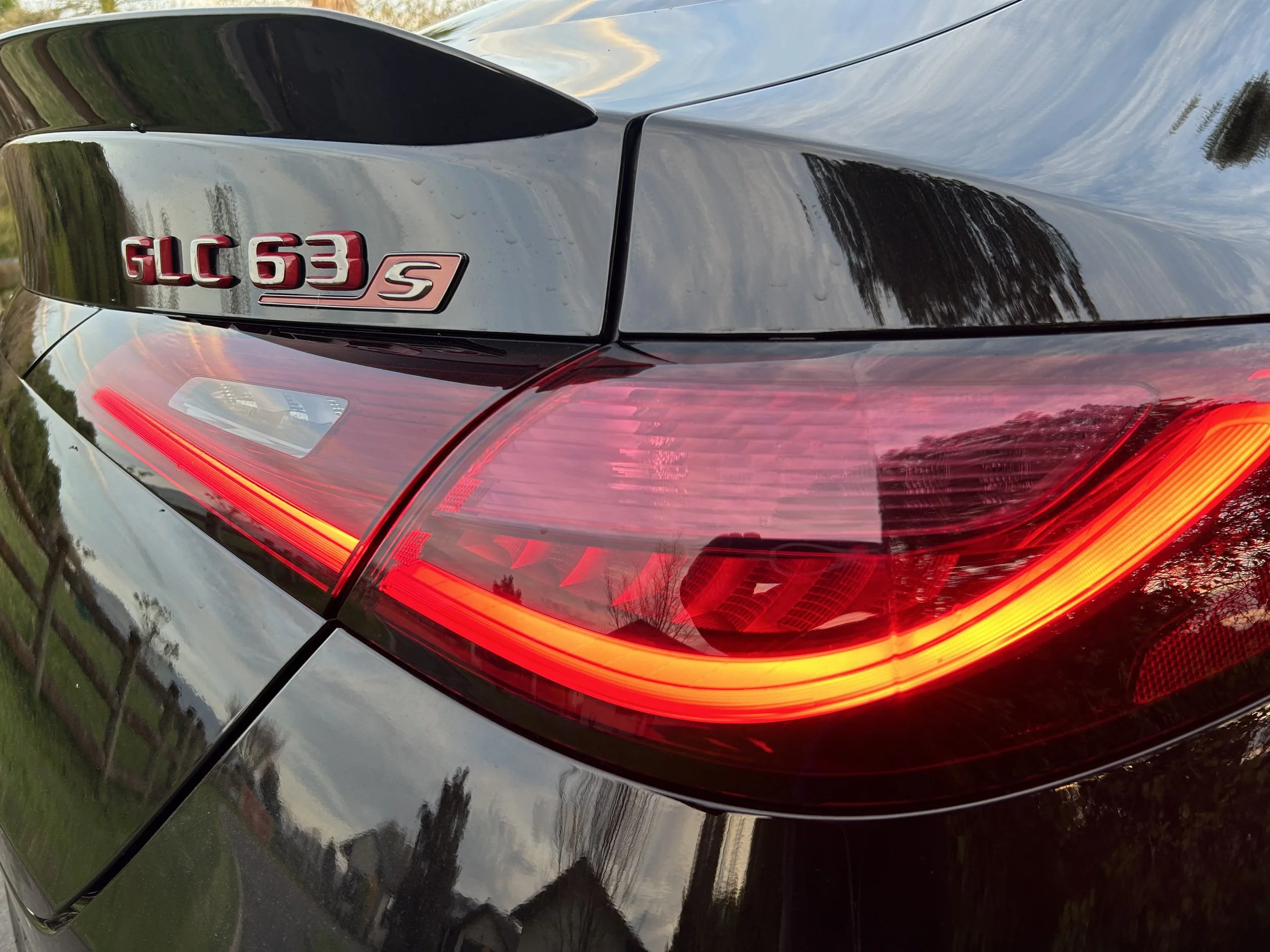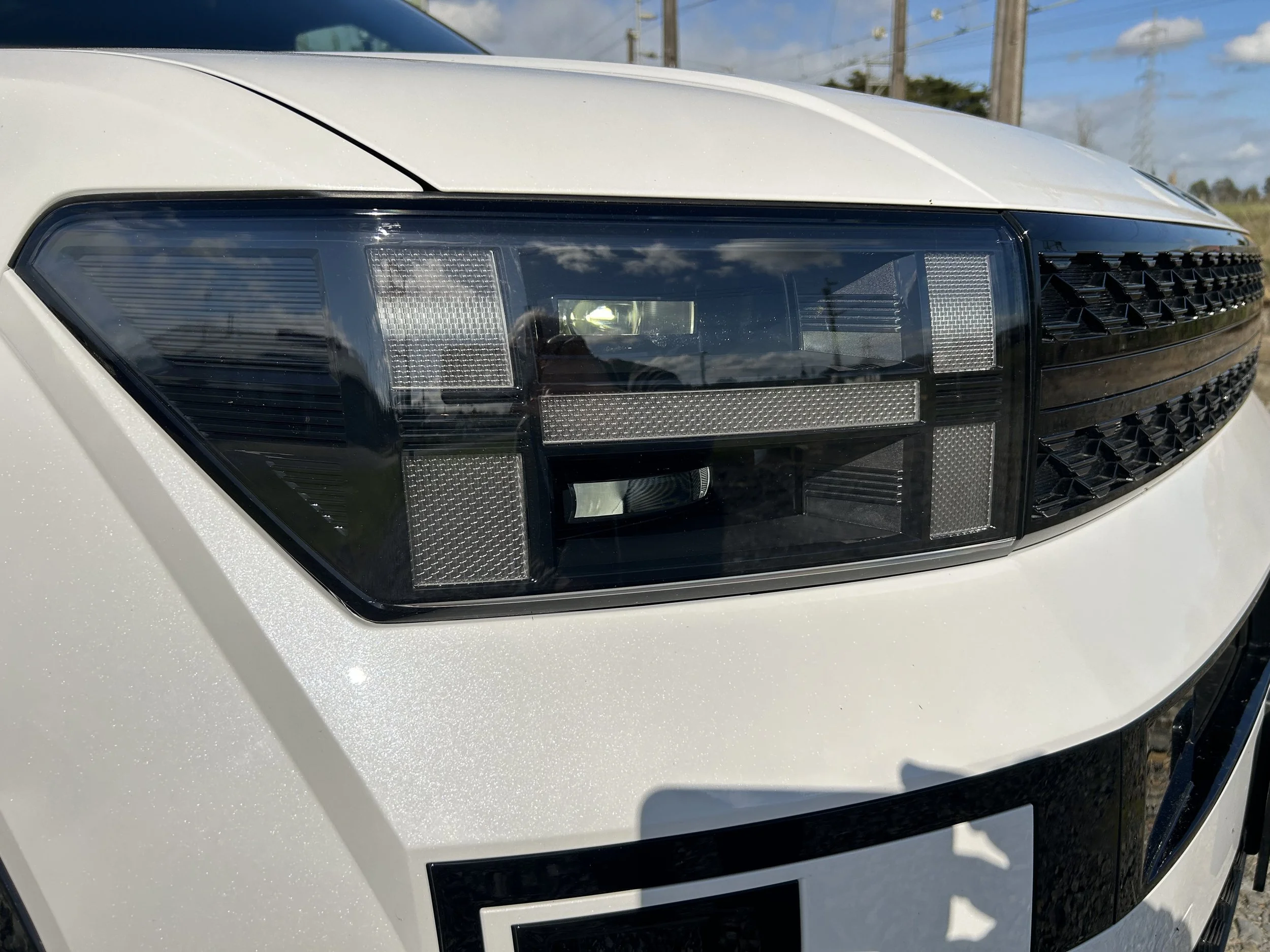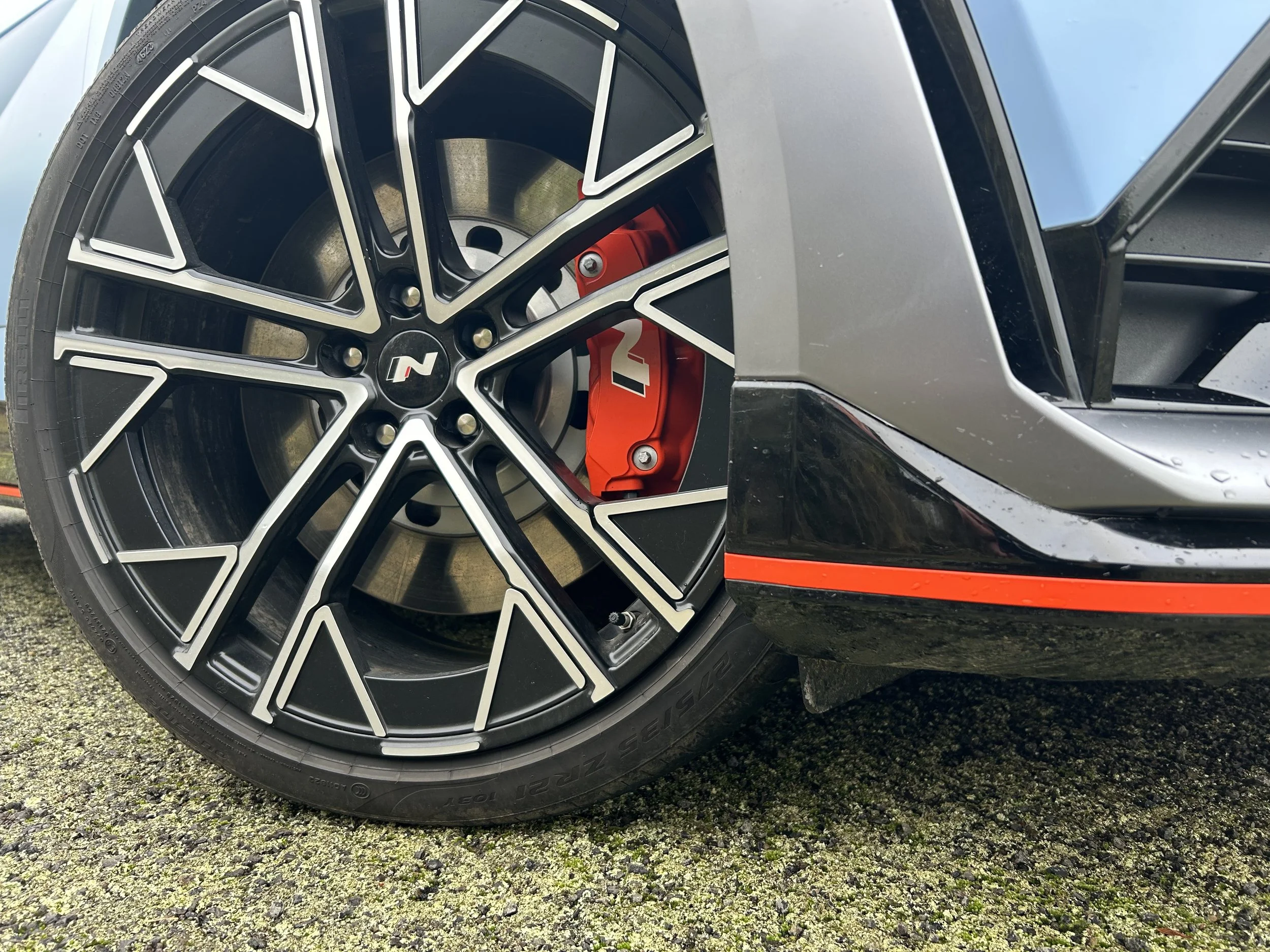The Beetle – it all began 75 years ago
/
Volkswagen is celebrating the birth of a global icon.
SEVENTY-five years ago yesterday, a Christmas automotive miracle occurred.
Well, okay, in picking December 27, 1945, as the day when the original shape Beetle was born, Volkswagen is obviously navigating delicately around a turbulent prior period in history.
Like, the birth of the brand itself: Volkswagen is German for ‘people’s car’ and was coined by … well, never mind that.
Even though the history of the car – and, indeed Wolfsburg, the home town of the mighty VW Group that has risen to become Europe’s biggest car making operation – can be traced back to certain political determinations during the 1930s, fact is there were few Beetles made before 1945 under National Socialism and none left Germany.
We’re talking about a day in history that started this wee rear-engined budget car on a post World War II adventure drive that would take it around the world into the hearts of millions.
So, the story goes thus: At the end of 1945, the factory and the car faced a grim future.
Although the car was developed before World War II, only 630 units (then called Kdf-Wagens) were built during the conflict as the factory shifted its attention to the war effort. It was consequently bombed by Allied air forces several times during 1944.
When peace returned, it would have been much easier to level the factory, scrap the Beetle – or ‘Type 1’ as it was then being called - and do something else with the site.
That's almost what happened, but the British government — which controlled the zone Wolfsburg was in after the war — desperately needed vehicles for its personnel to get around.
After examining an early Beetle, officials ordered a batch of 20,000 cars from the factory in August 1945, and they doubled that number several weeks later.
Initially, the goal was to produce 1000 cars a month, meaning filling the order should have taken over three years. It likely wasn't lost on officials that the sizable order would keep workers in a job until at least 1948.
That production even got under way was down to the talent of the British officers put in charge of the programme, Major Ivan Hirst.
It was his farsightedness and talent for improvisation that made it possible to start automobile production in the years of rationing under conditions dominated by shortages, VW says.
“With his enthusiasm for technology and cars, his purposefulness and distinct attitude, he succeeded in transforming a former armaments plant into a civilian industrial company in an impressively short space of time,” the brand says.
Launching production was challenging; raw materials and fuel were difficult to come by, and finding ways to house and feed the workers was a logistical nightmare.
Despite the hurdles, Volkswagen launched series production of the Type 1 two days after Christmas in 1945, and it built a total of 55 cars before December 31.
Cars were largely assembled by hand, so the factory didn't reach the 1000-cars-per-month goal until early 1946. At the time, exceeding that number wasn't possible due to the aforementioned shortages, but production increased significantly as the situation improved.
Introducing the Beetle to the United States in 1949 dramatically increased its popularity, and it helped turn the model into an icon.
Wolfsburg wasn't the only factory that built the Beetle; production also took place in several other German plants, including one in Ingolstadt (Audi’s home town), plus overseas - in New Zealand, Australia, Brazil, Mexico and South Africa, among other countries.
All told, 21,529,464 units were built during a 56-year run, a figure that's nothing short of exceptional when bearing in mind that the first one looked an awful lot like the last one. Volkswagen made thousands of changes to the car, but it never altered the basic design or tweaked the mechanical layout.


















